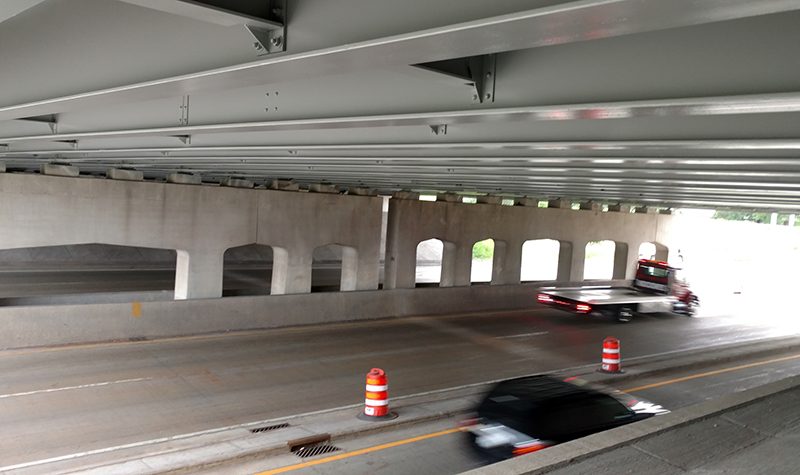

She fired two torpedoes, both of which exploded close astern of the attack transport USS Fuller, which was carrying the New Zealand Army′s 3rd Division from Port Vila on Efate to Point Cruz on Guadalcanal. On 2 September 1943, I-39 sighted a convoy of three transports escorted by four destroyers. She was depth-charged briefly by a destroyer north of Espiritu Santo on 7 August 1943, and on 29 August 1943 two destroyers sighted and pursued her, but she suffered no damage in either encounter. On 2 August 1943, I-39 set out from Truk on her first war patrol, with a patrol area in the New Hebrides. She departed Yokosuka on 21 July 1943 and arrived at Truk on 27 July 1943. With those completed, she was reassigned to Submarine Division 14 in Submarine Squadron 8 in the Submarine Advance Force on 20 July 1943. Upon commissioning, I-39 was attached formally to the Yokosuka Naval District and assigned to Submarine Squadron 11 for work-ups. Renamed I-39 by the time she was launched on 15 April 1942 and provisionally attached to the Yokosuka Naval District that day, she was completed and commissioned on 22 April 1943. I-39 was laid down on 19 June 1941 by at the Sasebo Navy Yard at Sasebo, Japan, with the name Submarine No. Completed and commissioned in 1943, she served in World War II, operating in support of Japanese forces in the Battle of Tarawa before she was sunk in November 1943. I-39 was an Imperial Japanese Navy B1 type submarine. 1 × 14 cm/40 11th Year Type naval gun.6 × 533 mm (21 in) forward torpedo tubes.The ITS will include cameras for surveillance of traffic, data collection devices and message boards.14,000 nautical miles (26,000 km) at 16 knots (30 km/h) Intelligent Transport Systems (ITS) will be deployed across Interstate I-39/90 as part of the project. The anticlockwise pattern of a roundabout removes the risk of both right-angle and head-on collisions. The speed of the vehicles will be reduced once they access a roundabout. The diameter of each roundabout will be approximately 200ft, which enables large trucks to travel on the I-39/90. The highway reconstruction project will include several roundabouts at vital interchanges on the route, minimising traffic congestion and enhancing safety. The County O – Rock/Dane County Lane portion is the most important element of the I-39/90. The stretches between County O and WIS 26, as well as WIS 26 and Rock/Dane County Lane will be totally rebuilt and expanded to eight and six lanes, respectively. The Interchange IH-43 will be reconstructed to connect IH-39/90 and IH-43 to the access road to Beloit and State Highway 81. The Interchanges USH 14 and STH 26 will be rebuilt and linked to one another by means of a C-D (Collector-Distributor) System for enhancing the safety. Configurations of their ramps will be improved as a part of the project. The configurations of the interchanges that are currently with the diamond configuration will remain unchanged upon completion of their construction. Reconstruction of the WIS 11/East Racine Road, US 14, WIS 26 and WIS 59 interchanges is included in the project. The bridges on the Interstate, along with the Rock River bridges, will either be repaired or replaced. A temporary/permanent four-lane roadway will be built to enable the smooth flow of traffic on one section, while the reconstruction work is in progress on the other. An extra line will be added in both the directions to the existing four-lane highway, leading to the formation of a divided highway with six lanes. The project has been planned to cause minimum hassle to the vehicular traffic. Interstate 39/90 reconstruction and expansion The expansion project is propelled by the primary objective of enhancing mobility and safety. The expansion of the current Interstate I-39/90 was the most viable solution to these issues. Bridges and pavements on the I-39/90 highway are also close to the end of their lifespan, thus necessitating replacements as per modern safety standards.

A rapid increase in the vehicular traffic (approximately 80,000 vehicles) on the I-39/90 is projected by 2040, which would mean that the highway would be overburdened. Over 50,000 vehicles currently travel through certain portions of the I-39/90 per day. I-39/90 provides access to several other key highways and locations such as IH-43, USH 14, CTH S, STH 11, USH 51 and USH12/18. IH 39/90 has also been recognised as the most vital corridor of Wisconsin. It is an element of both NHS (National Highway System) and the Defense System. I-39/90 is a vital transportation link providing access to several prominent locations in Wisconsin. “The project got underway with the groundbreaking ceremony in June 2013 and is expected to be completed in 2021.”


 0 kommentar(er)
0 kommentar(er)
